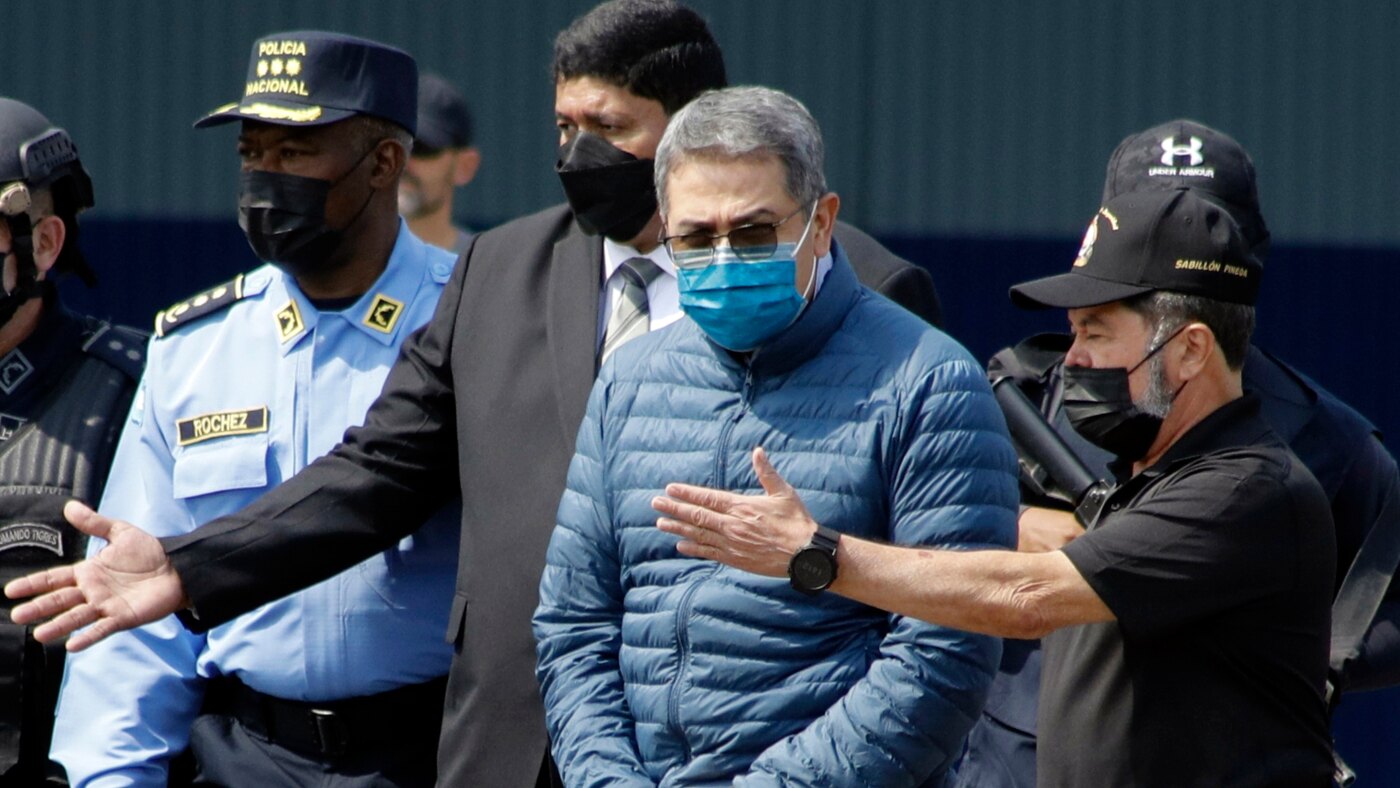“The face has not played a major role in the history of nude photography,” Simpson said in an interview not long ago. What did Simpson use to hide the faces of the subjects in her photographs? We call this mask “African”, and this designation has almost erased all meaning. I think one of the ideas Simpson develops in his masked nudity series is the clash between the commercial and the spiritual. In the early nineties, Simpson, by then already working as a magazine photographer, whose photographs were published in Fashion, Village voice, Uniqueand other famous periodicals that deepened her experiments in fine art style, depicting models as movie stars –Jet Beauty of the Week positions and then undermine their openness with these masks. Masks make us think not about the authenticity of the homeland as such, but about the shops in the city center that sell them or copies of real things. And so we look at the nude with fascinating, complex emotions, emotions that go beyond simplistic notions of glorifying and glorifying a woman who has historically been maligned in visual culture.
“Black Girl with an Eye”, 1991/2021.
“Man with a Curl”, ca. 1990s.
I saw the Simpson series in 2022 at Fotografiska in New York. Nigerian-born British curator Aindrea Emelife has curated an exhibition, Black Venus, that will travel throughout the diaspora. Immediately upon entering you knew that the Enlightenment and its hypocrisy, its systematization of races, was the goal. In archival material from the eighteenth and nineteenth centuries, contemporary examples selected from the 1970s to the present are seen as responses to three historical Venuses: the Black Venus, the Hottentot Venus, and Josephine Baker as Jezebel. In addition to Simpson's masked women, Emelife brings together works by Renee Cox, Lorna Simpson, Carrie Mae Weems, Kara Walker, Mickalene Thomas, Widline Cadet, Ming Smith and many others. Corinne Simpson's images resonated with me partly because I hadn't seen them before, but felt like I had.
“Toni Morrison”, 1978.










